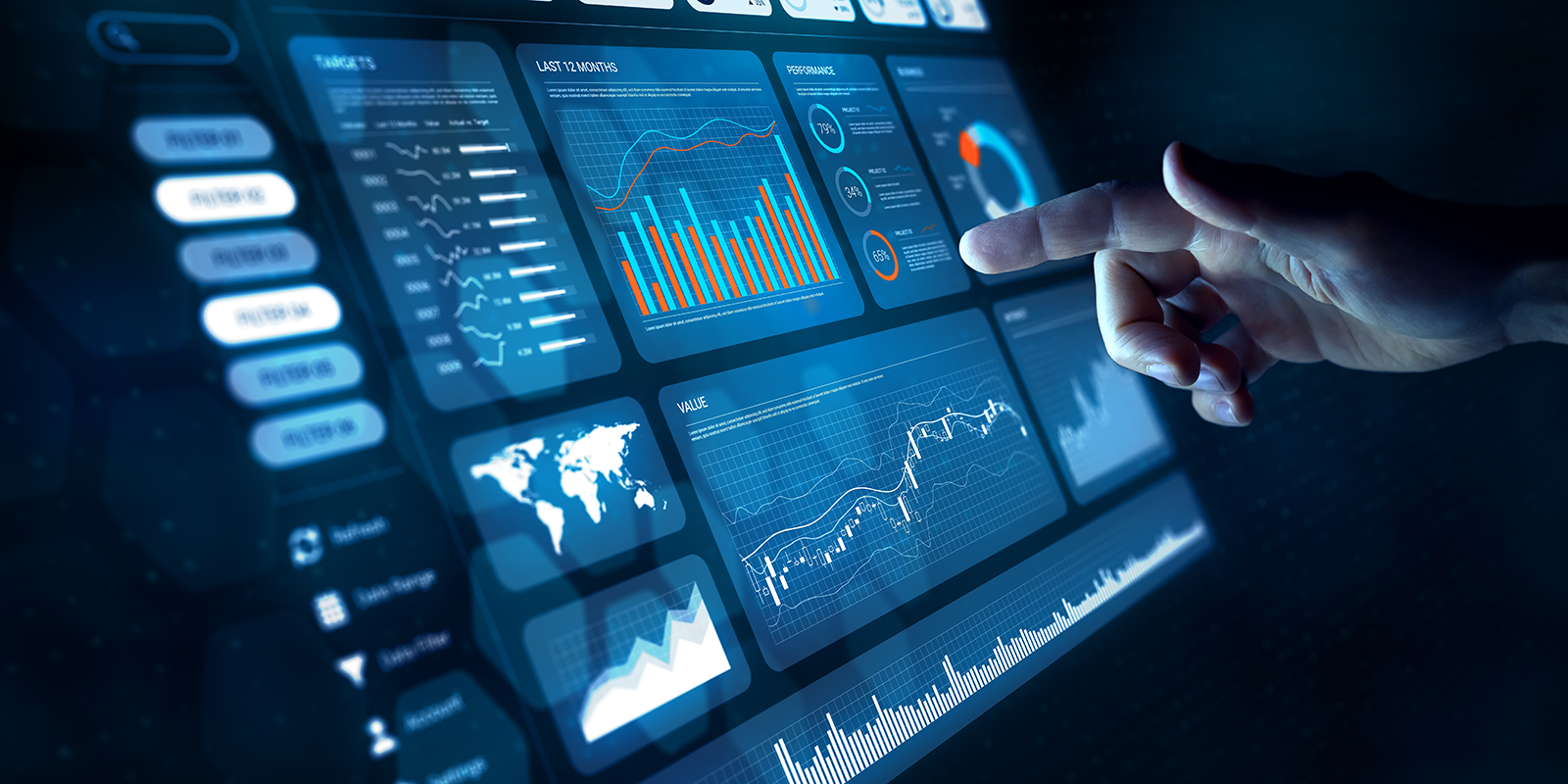As budget challenges continue, CIOs can leverage accurate usage data and follow strategic approaches to software licensing to significantly reduce expenditures and optimize resource allocation.
Software costs have risen significantly for colleges and universities. As budgets dwindle, well-intentioned CIOs are struggling to meet the complex software needs of a large user base.
There are multiple strategies for negotiating software licenses. The following strategies can be leveraged when negotiating software deals:Footnote1
- Executive relationships
- Existing and future commitments
- Timing
- Benchmarks
- Publicity
- Opportunity to gain experience
What's missing from this list of strategies? Usage data.

Accurate software usage data can revolutionize how IT teams optimize software licensing and reduce unnecessary expenditures. Colleges and universities rely on LabStats to gain deep insights into software utilization. These insights provide institutions with the knowledge they need to make informed decisions during software license negotiations. Anne Anderson, associate professor at Lehigh University, said, "We had no way to track the usage of programs in our labs. Many of our programs were either gifted to us or supported by alumni, so being able to report on their usage was critical. We needed a program that allowed us to track usage in an easy-to-use format."
This article explores effective strategies for enhancing software licensing and deployment with LabStats and illustrates how institutions can harness data to transform higher education software management. Whether IT departments are navigating the complexities of software renewals or striving for more cost-effective operations, LabStats offers solutions tailored to the unique needs of higher education institutions.
Challenge 1: Site-Wide Licenses and Blanket Deals
Busy CIOs often purchase site-wide licenses to cover all potential users within the institution. These blanket deals ensure every student has the tools they need for learning, simplify the procurement process, and create predictable budget cycles. However, these large-scale deals eat up precious budget dollars. Institutions end up paying for unused licenses year after year, while other projects remain unfunded due to budget restraints.
Conducting periodic license audits is crucial for efficient software management. LabStats data can help prevent over-purchasing and minimize waste. For maximum budget impact, start by analyzing the maximum concurrent usage (the number of instances where the same applications are used simultaneously) of high-end software (see figure 1).

Consider the following strategies when analyzing software usage data:
- When the maximum concurrent usage is low: If the maximum concurrent usage throughout the semester is significantly below the total number of licenses, IT teams can reduce the number of licenses to free up budget resources for other needs.
- When the maximum concurrent usage is high: A detailed analysis is necessary if the maximum concurrent usage is consistently high and approaches the total number of licenses. Examine each computer lab and classroom to identify those with the highest demand, considering variables like lab location and hours of operation.
Challenge 2: Blind Software Deployment
Higher education IT teams may conduct surveys or consult with faculty to determine which software is essential for various courses and create a plan for its deployment.
Although this qualitative data is valuable, it's also limited. Quantitative data, such as current software usage per location, is necessary to optimize software deployment. LabStats provides location-based software usage data and discoverability tools for ongoing software optimization.
The discoverability tools in LabStats—including LabMaps and the Remote Access Dashboard—direct users to underutilized computer labs or virtualized resources. These tools can help students and faculty quickly locate the necessary software (in person or virtually) while enabling institutions to match software availability with demand precisely.
The enhanced API endpoints in LabStats can also be used to develop navigation apps that are compatible with an institution's mobile app. Using the address or GPS coordinates of the college or university technology center and the default map application on students' mobile devices ensures a seamless experience.
Proven Savings with Usage Data
When software contracts come up for renewal, use LabStats data to negotiate more favorable terms. Demonstrating data-driven usage patterns can lead to significant cost savings. For instance, at a large commonwealth university, LabStats data proved that less than 5 percent of enrolled students used any Adobe Suite product in a given year. The staff used this data to negotiate a $300,000 reduction in the institution's Adobe bill.
LabStats is trusted by thousands of colleges and universities worldwide to monitor hundreds of software applications. It provides a wealth of valuable data, especially for CIOs. By implementing these strategies and leveraging data-driven insights from LabStats, higher education institutions can enhance software licensing and deployment, resulting in cost savings, improved resource allocation, and a more efficient IT environment that is tailored to the unique needs of each institution.
Note
- Adam Mansfield and Janet O'Brien, "Enterprise Applications: Negotiating the Best Software and Implementation Deals," (Providence, RI: NERCOMP Annual Conference, March 27, 2024). Jump back to footnote 1 in the text.
© 2024 LabStats.

